Traveling India - First Impressions
Transportation
The traffic in India is a mess. Buses, motorcycles, scooters, cars, rickshaws, horse-drawn carts, human pulled carts, and cows, of course, all share the road. There is only one rule of the road, do whatever you want. Most junctions don’t have streetlights, roundabouts, or stop signs. Vehicles just barrel straight ahead, try to avoid each other, stop when necessary, and continue on.
A cow taking a break from harassing traffic.
Once on the highway there was an accident of some kind in front of me. All the cars proceeded to slowly turn around and go backwards to the closest exit. By the time everyone managed to get turned around and wind through oncoming traffic the jam in front caused by the accident had already dissipated.
The horn usage is constant, but necessary to warn others where you are. Accidents happen constantly, but due to traffic and speed bumps the severity of accidents is usually low.
Thanks to England, India drives on the wrong side of the road. Yet, in Bangalore, there is one road where they drive on the right side (literally). Now, I could understand if a whole region in India, an entire town, or even a section of a town drove on the opposite side as the rest of the country, but just one road? One road makes entirely no sense. I asked many people from Bangalore about this and the only answers I received were “I don’t know” or “this is India.” I've decided it is just one of those mysteries of life.
The colorful trucks of India.
Local Buses
My first day in India had me immediately navigating the public transportation system on my own. In Kochi, the cheap non-AC red buses are the main mode of public transport. They’re the fastest way to get from one point to another and nobody gets in the way when a red bus is coming through. The buses often have multicolor lights flashing on the inside and blast Hindi music.
Red buses (and one green) of Kochi.
Catching the right bus can be difficult as it is almost impossible for a foreigner to understand the routes that the bus attendant is shouting out. Even if they are shouting out your particular destination, the speed at which they talk makes it impossible to comprehend. My advice, just ask. I walk up to the bus station, wait until I see a bus coming, turn to the closest person next to me, point at the bus, and ask “Insert Destination.” Or I yell up to the bus attendant my destination and they either wave me on or wiggle their head. I hate when the response is a wiggle as I still can't decode what the various wiggles mean.
So far everyone has been extremely friendly and have many times gone out of their way to make sure I get on the right bus and off at the right stop. It’s often hot and crowded, but the red buses never failed to be entertaining and should definitely be your mode of transportation whenever possible.
Long Distance Buses
I took a 10 hour bus ride from Kochi to Bangalore. The bus was as nice if not nicer than Greyhound, Megabus, or Boltbus. Bottles of water and snacks were handed to every passenger. The screens folded down to show two Bollywood films to pass the time and blankets were handed out at night.
While I appreciated the hospitality of the blankets, I think they caused an otherwise great ride to turn into an uncomfortable experience. Upon snuggling under the blanket my legs immediately began to feel itchy. Opening the blankets unleashed bed bugs that proceeded to bite me, and from the looks of it several other passengers, for the final two hours of the ride.
My second long trip, about 7 hours, was from Bangalore to Chennai. This time the entire trip was good. I received water and a snack again and got to enjoy the beautiful scenery along the way.
Motorcycles and Helmets
As is common in many Asian countries, the amount of people and baggage that can fit on a motorbike goes far beyond what average westerners can imagine. Entire families sit on the bike and the children can often be seen sleeping with their heads against the gas tank, as if the vibrating metal surface is a lullaby.
In India there is a helmet law that is occasionally enforced. The law requires all drivers to wear helmets, but does not necessitate their passengers to where them. I don’t understand the logic of this law, but at least one person wearing a helmet is better than none.
There are a large variety of helmets worn on the road. There are of course the common half shells and full-face helmets. I have also seen horseback riding helmets, bike helmets, and construction helmets (my personal favorite).
The best looking helmet in India.
Food
When I’m off sightseeing on my own I rarely sit down for a meal in a restaurant, preferring to keep moving in order to see as much as I can. Before coming to India I was warned to be careful of eating the street food, but when I see a bunch of locals gathered around a food stall I can't resist myself. During my walks In Kochi there were many stands that had these wonderful fried peppers with a delicious sauce. I ate many of them.
All the food has been delicious. Dosas, samosas, curries, various breads, rice dishes, and so much more. I have to admit that I don’t do a good job cataloguing what I eat as I am too focused on the eating.
In Bangalore, I spent about two weeks helping out in a multi-cuisine restaurant on the north side of town. In return for my help, I got a free place to stay and free food from the restaurant. Almost every dish seemed to have either hot peppers cut up or a boatload of chili powder.
The cook would consistently increase the level of spiciness in my food and I ate it all without a problem. I can officially say that I can handle the spice of Indian food without breaking a sweat. I also learned a great recipe for Chicken Curry, including the ingredients to India’s secret spice that makes their cuisine taste so good.
Spices of India.
The only problem I have eating Indian food is the lack of utensils. Indian food is traditionally eaten with your hands. I don’t mind digging straight into the food, but with my lack of hand eating skills it can be difficult to get a full mouthful of food and nothing bothers me more than having delicious food that I can’t get properly into my mouth.
Side note: I am happy to report that I am illness free 15+ days in.
Dom and Eric about to eat some delicious chicken curry.
People
In Bangalore, I spent 12 days helping at a restaurant in exchange for food and a place to stay. The owners, Dom and Eric, were two great guys who were lovely to hang out with. During some free time they gave me cooking lessons, took me to some great food stands, and guided me to a few touristy locations in Bangalore. The best was when we had free time in the restaurant and I would get to hear stories about growing up and living in India. The staff in the restaurant was great as well. Even though they didn’t speak English we got along with plenty of smiles, hand gestures, and arm wrestling.
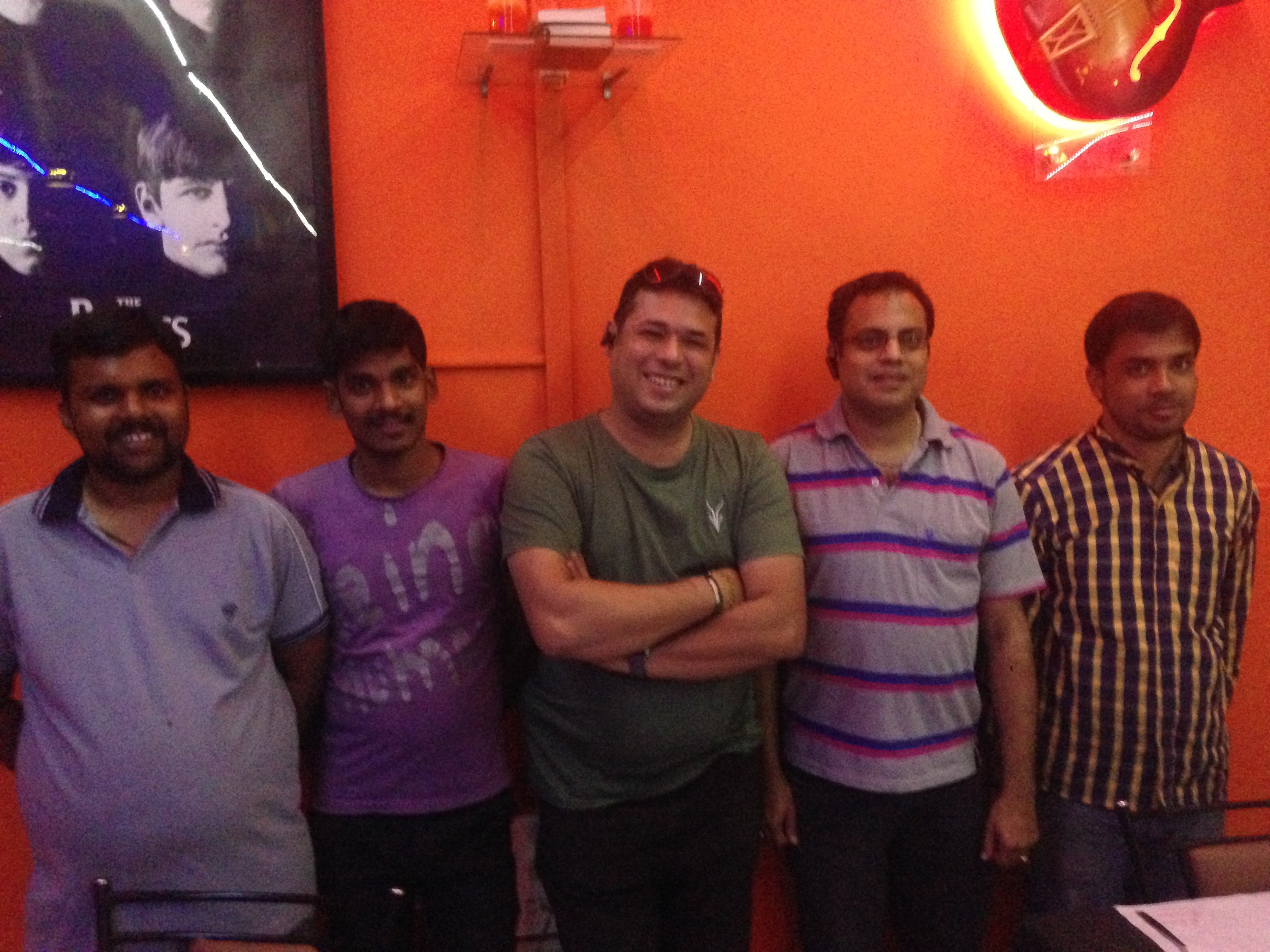
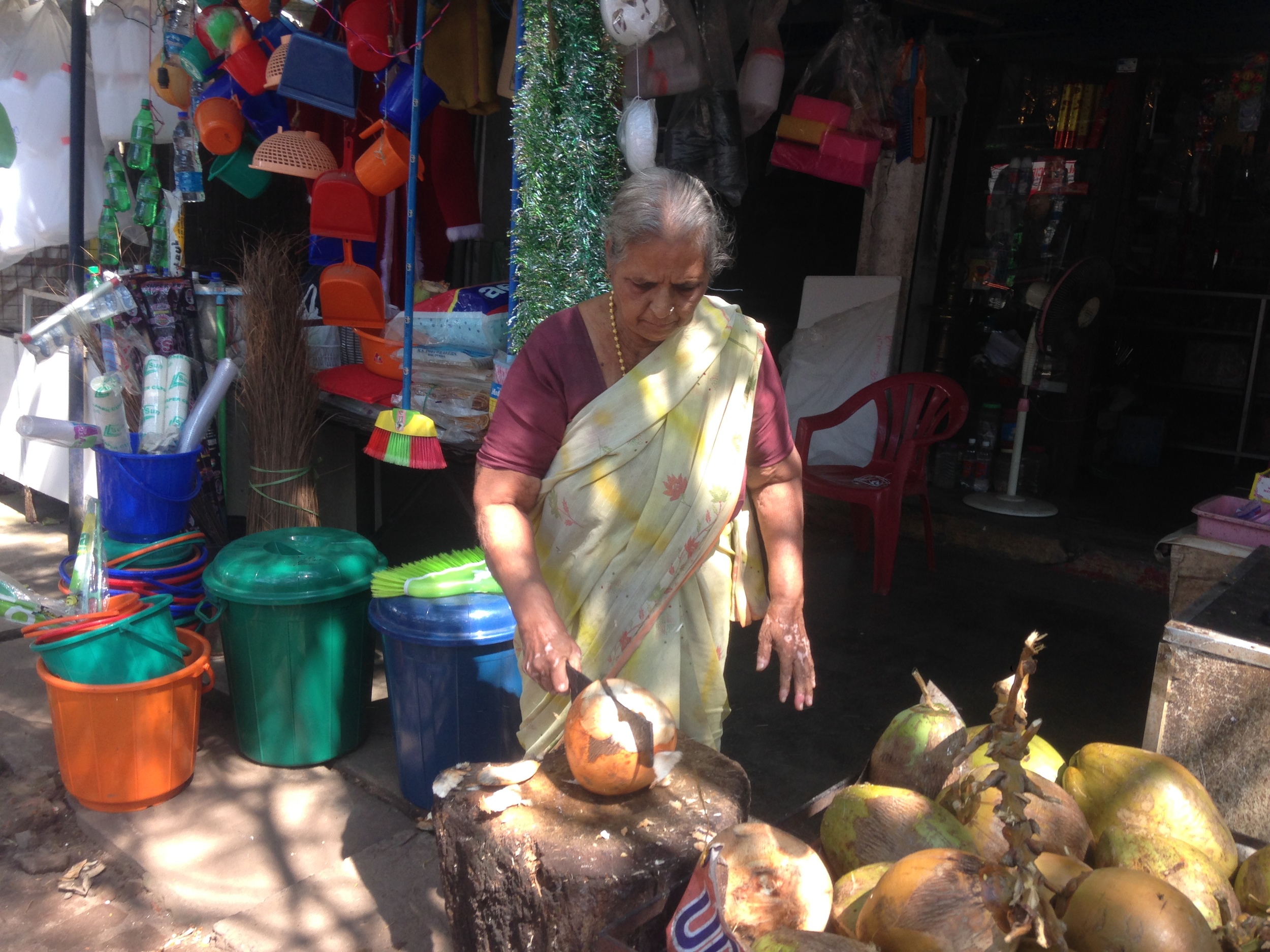
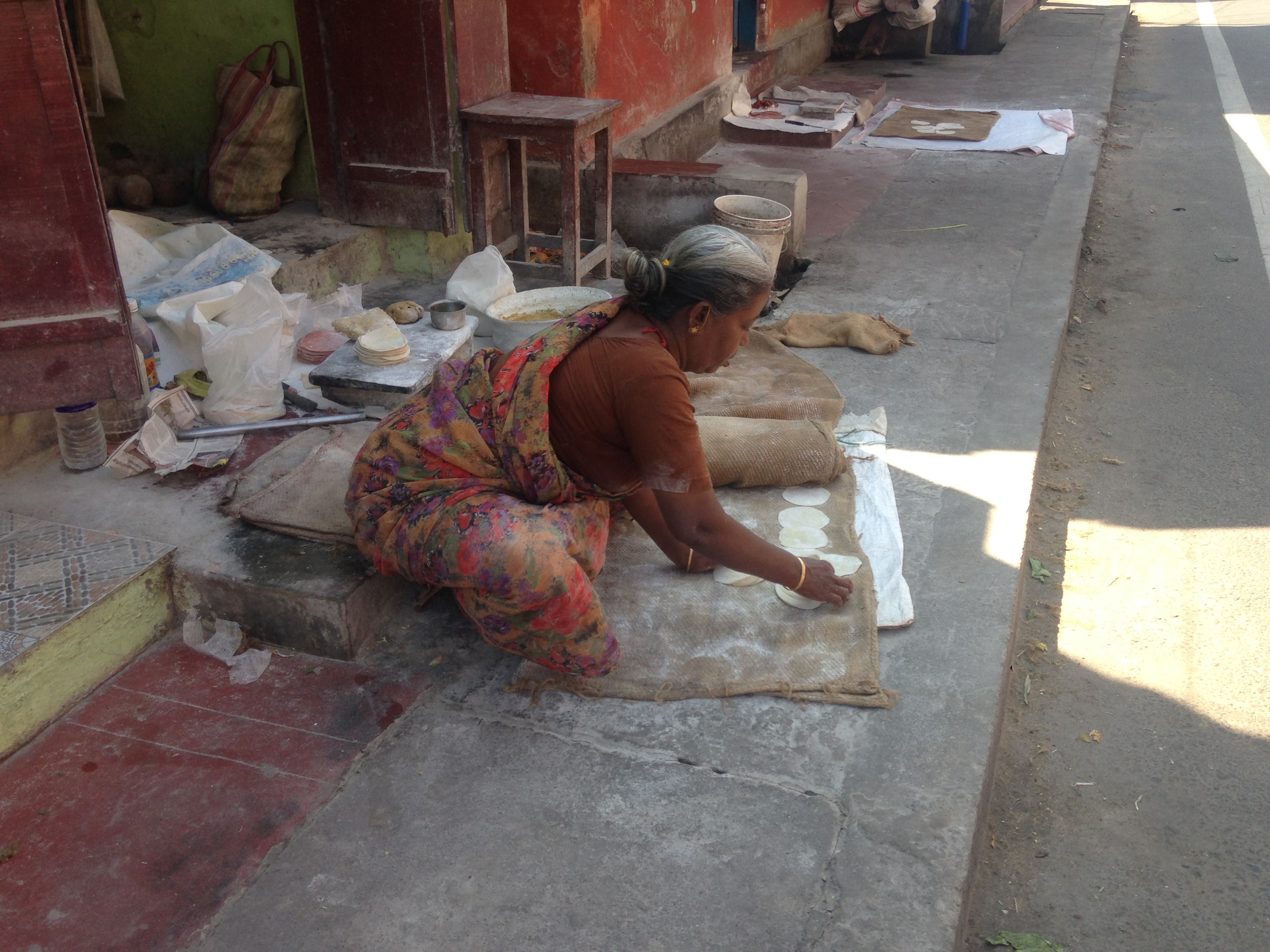
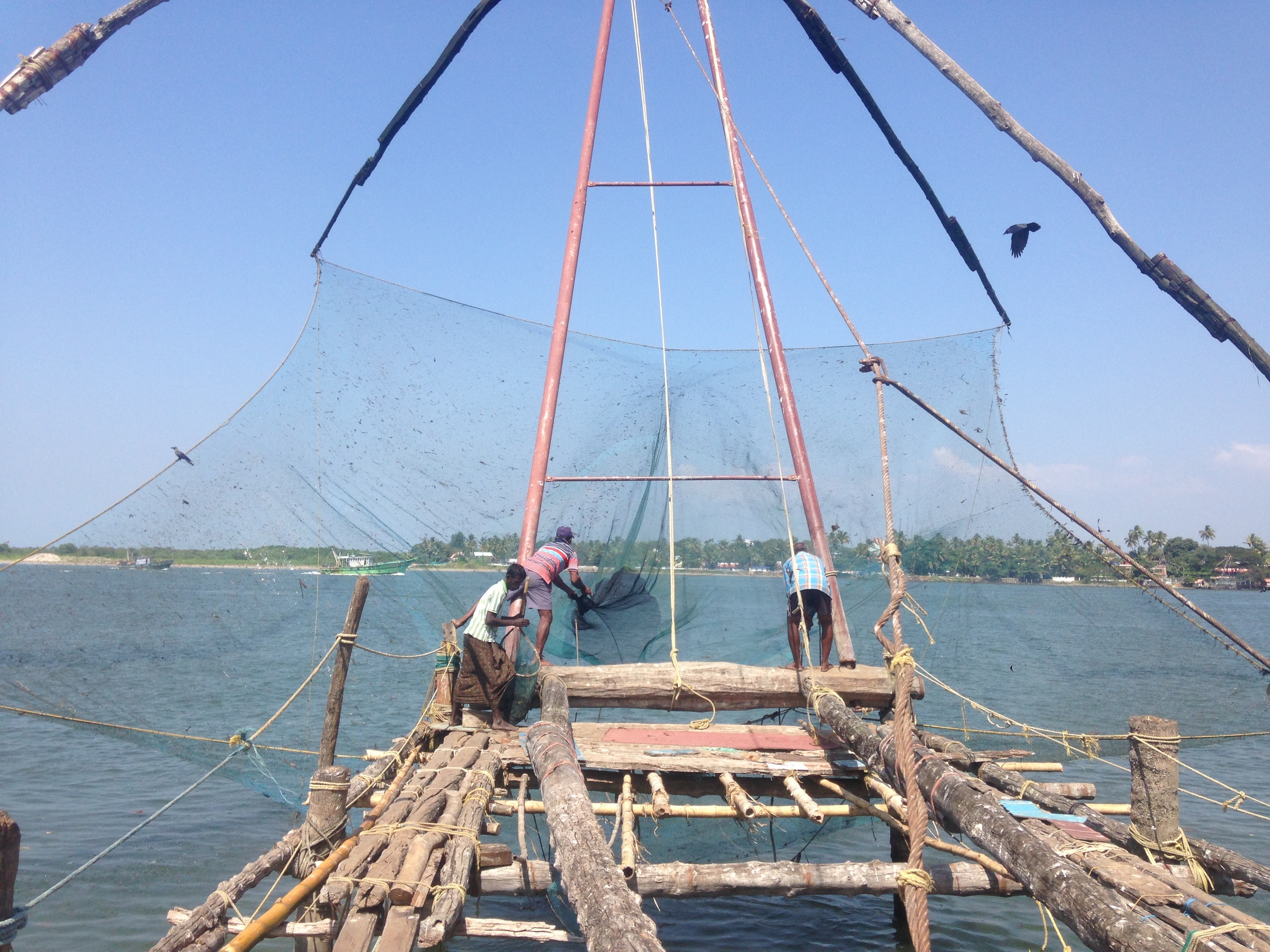
In Chennai I spent a day helping out at the final tryouts for the under 23 India ultimate frisbee team. It will be the first time India is represented at an U23 or U19 world tournament. It was great to watch the young players, hang out with the older players, and see part of the ultimate scene in India. My only regret was not getting the chance to play with anyone.
Overall, everyone I have interacted with in India has been extremely friendly, helpful, and generous.
Daily Life
There are no certainties living in India. Power outages happen daily. The internet can come and go for no reason. That store you were going to stop by at can be closed for a holiday you didn’t know about (even if you’re Indian). Hot water can be rare and toilet paper is usually unavailable. Instead of toilet paper, every bathroom has a spray hose, which was a little foreign to me at first, but now is totally comfortable.
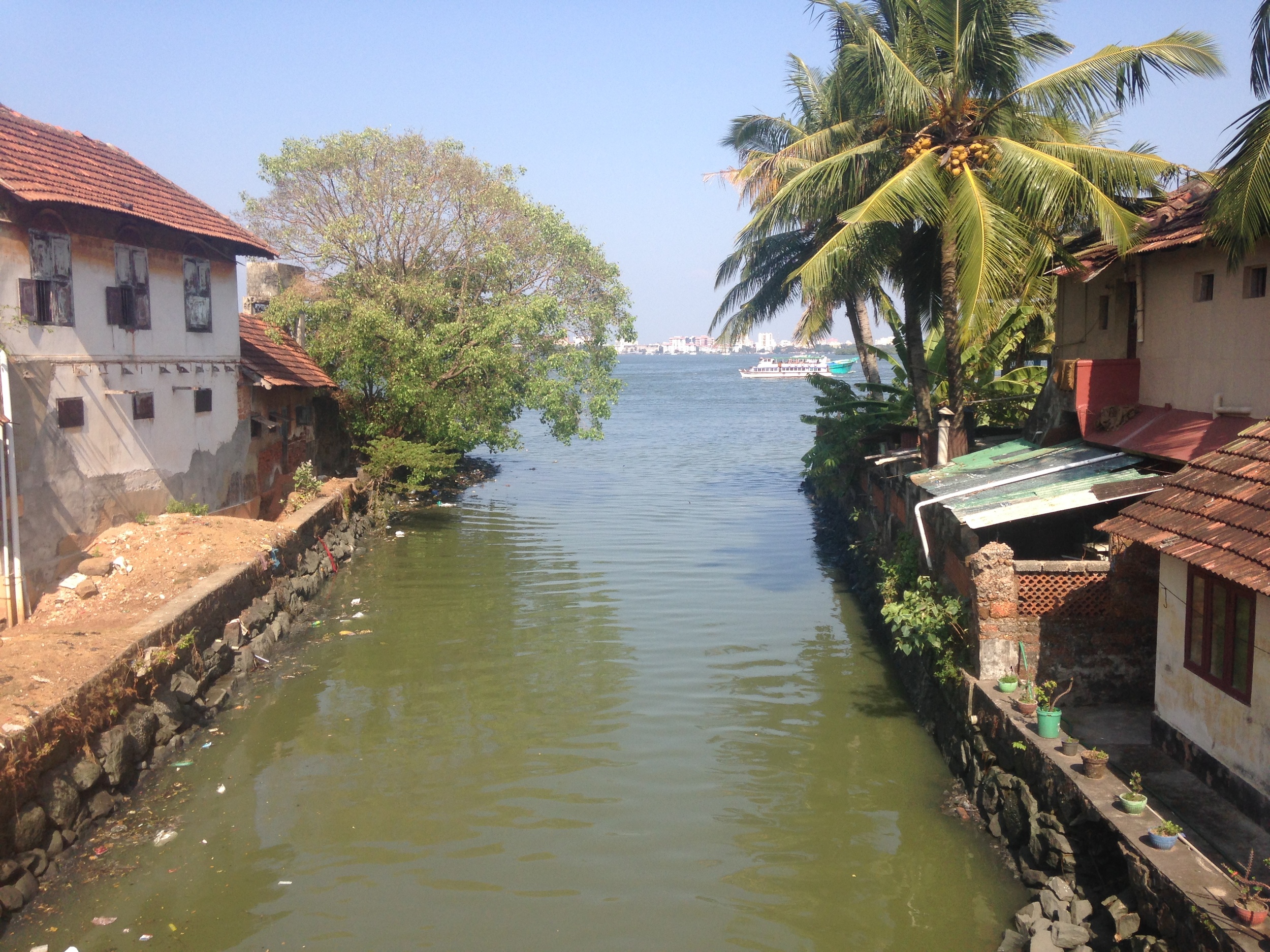
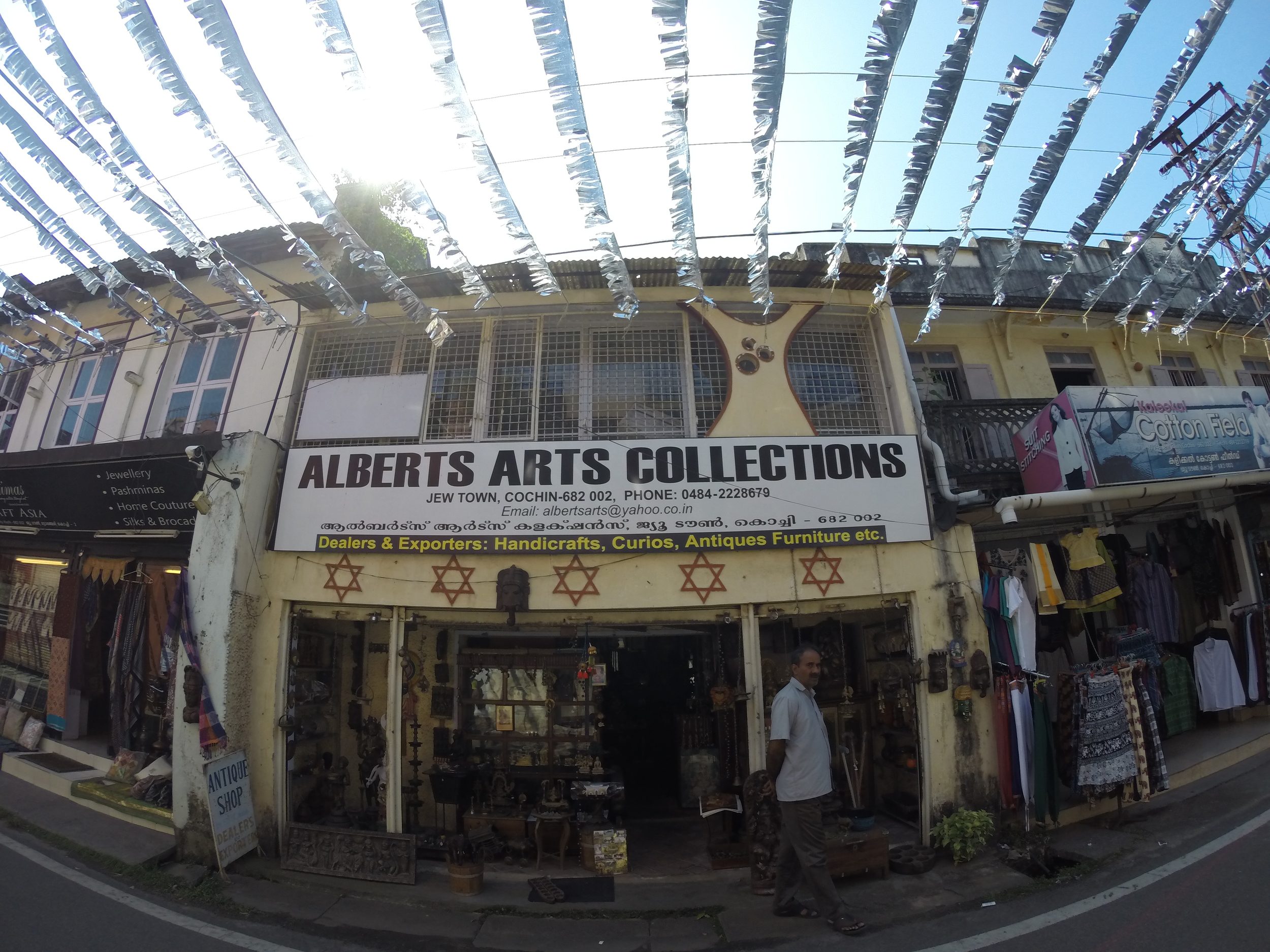
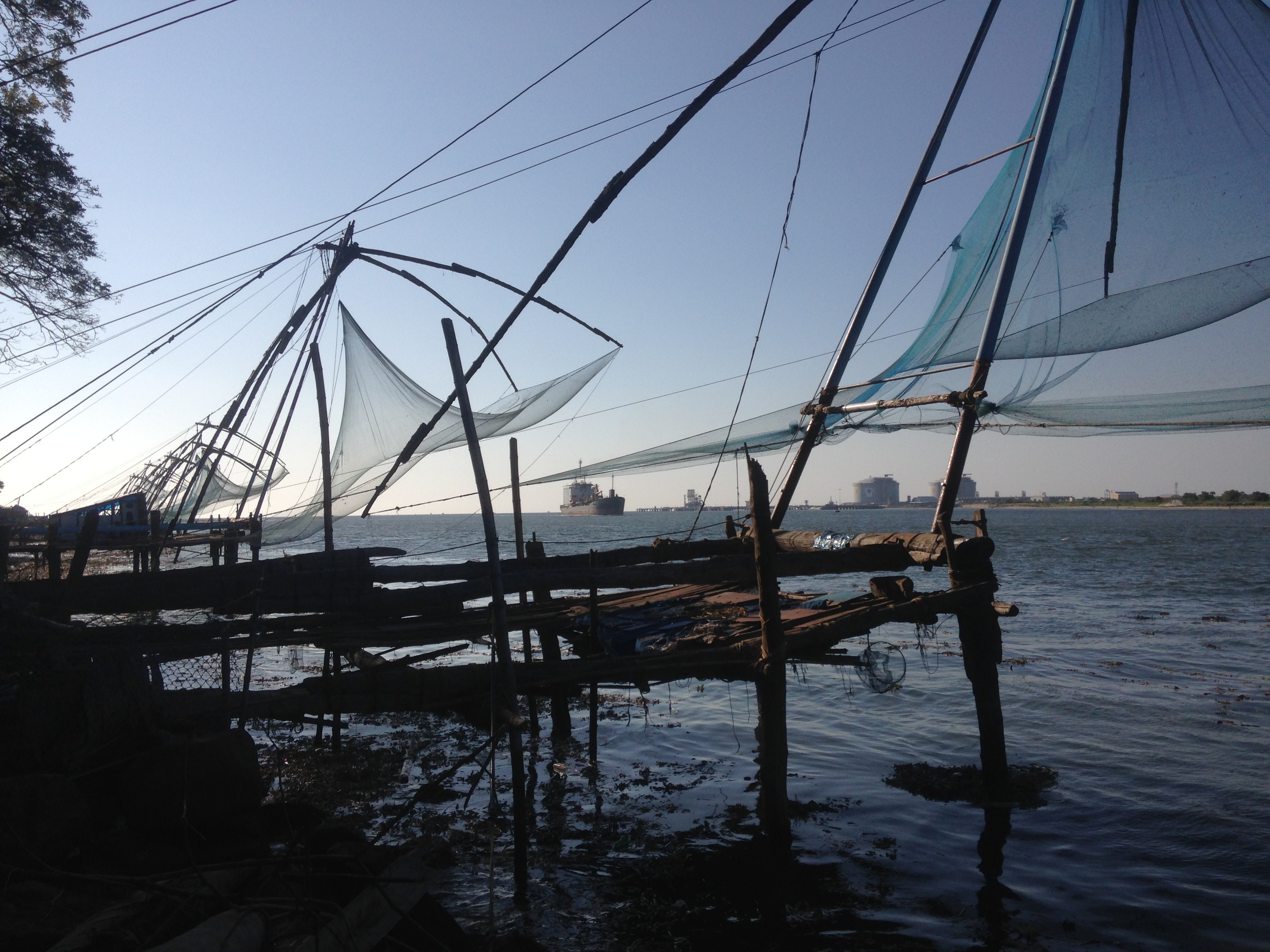
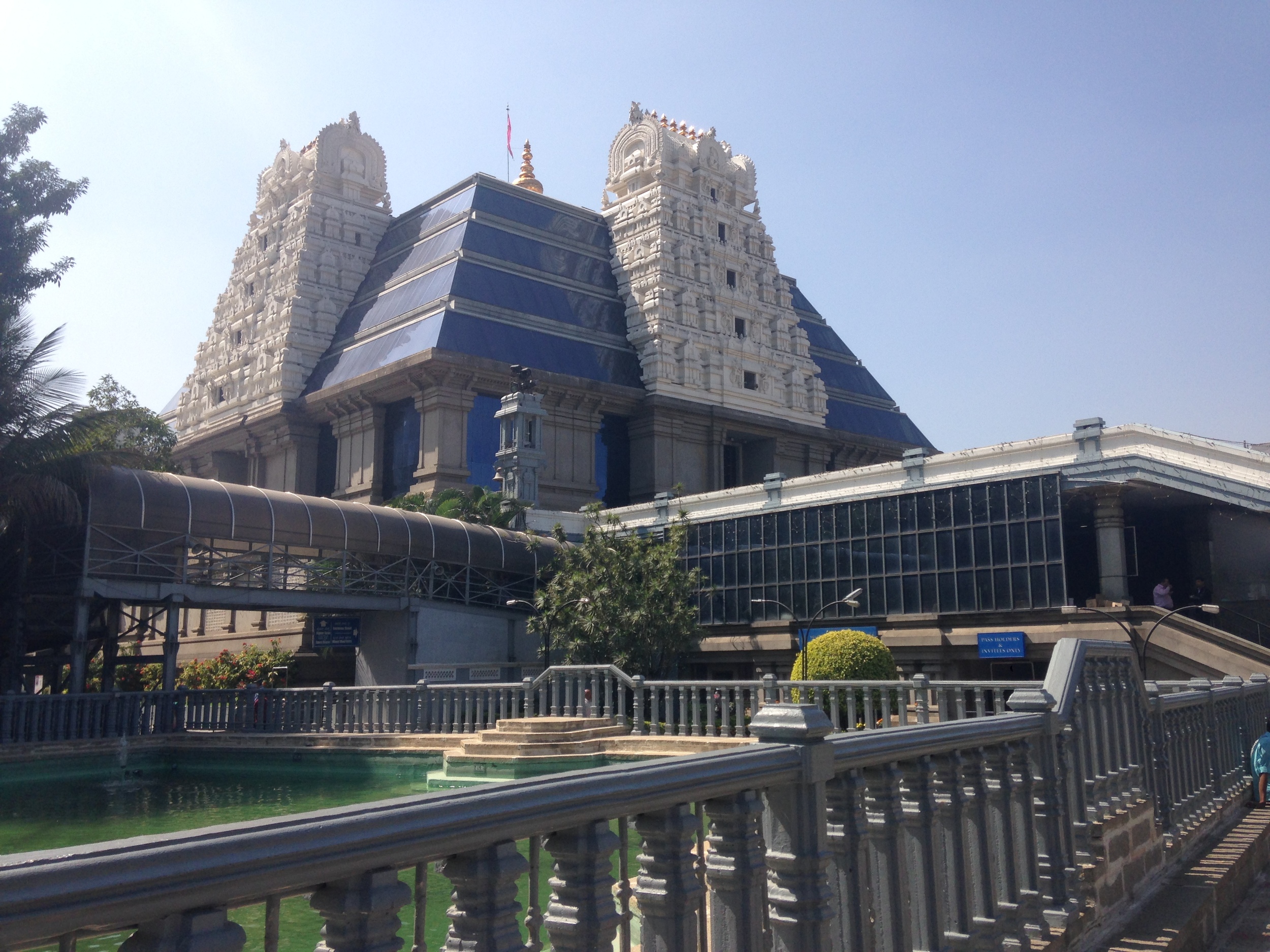
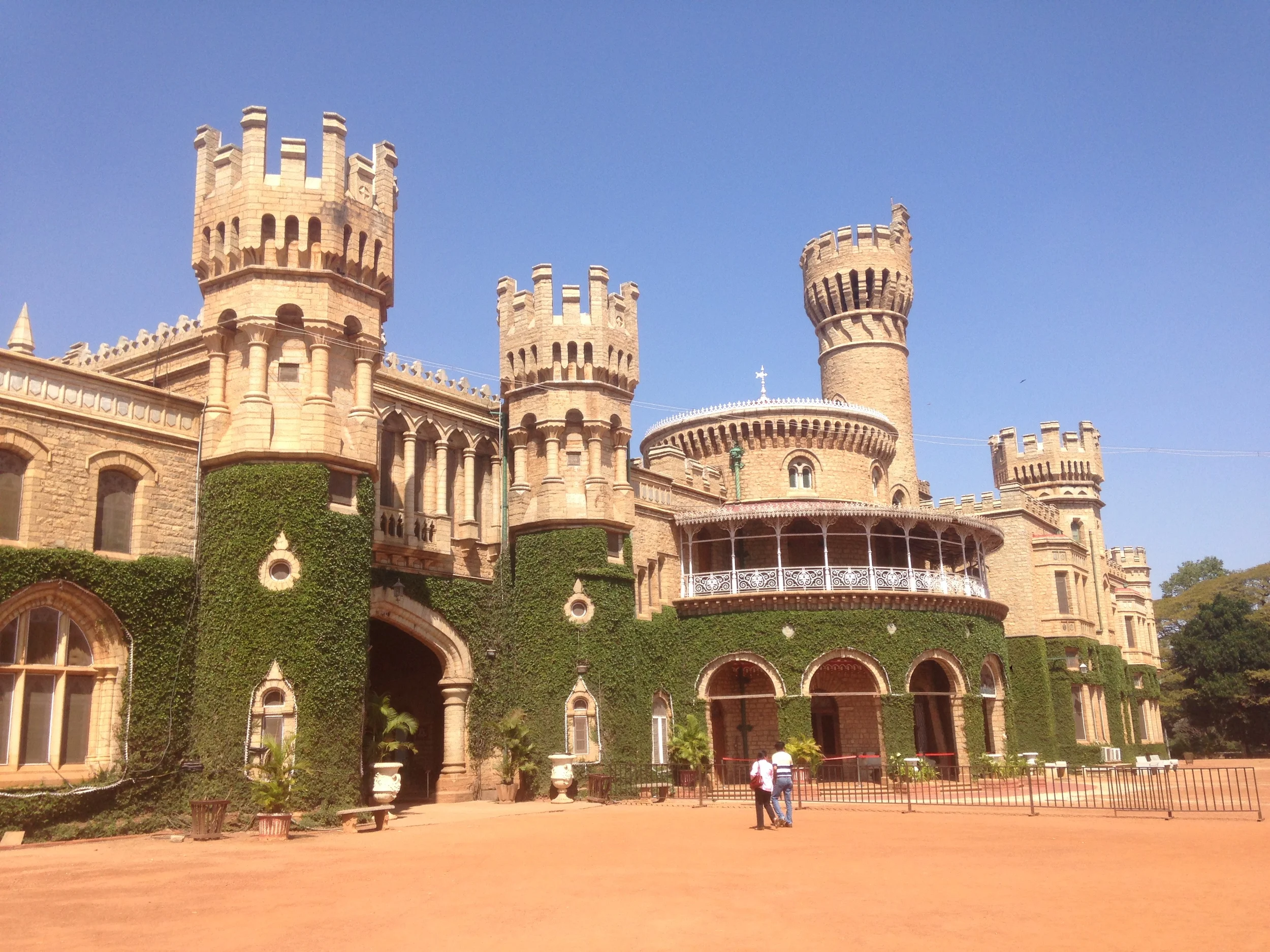
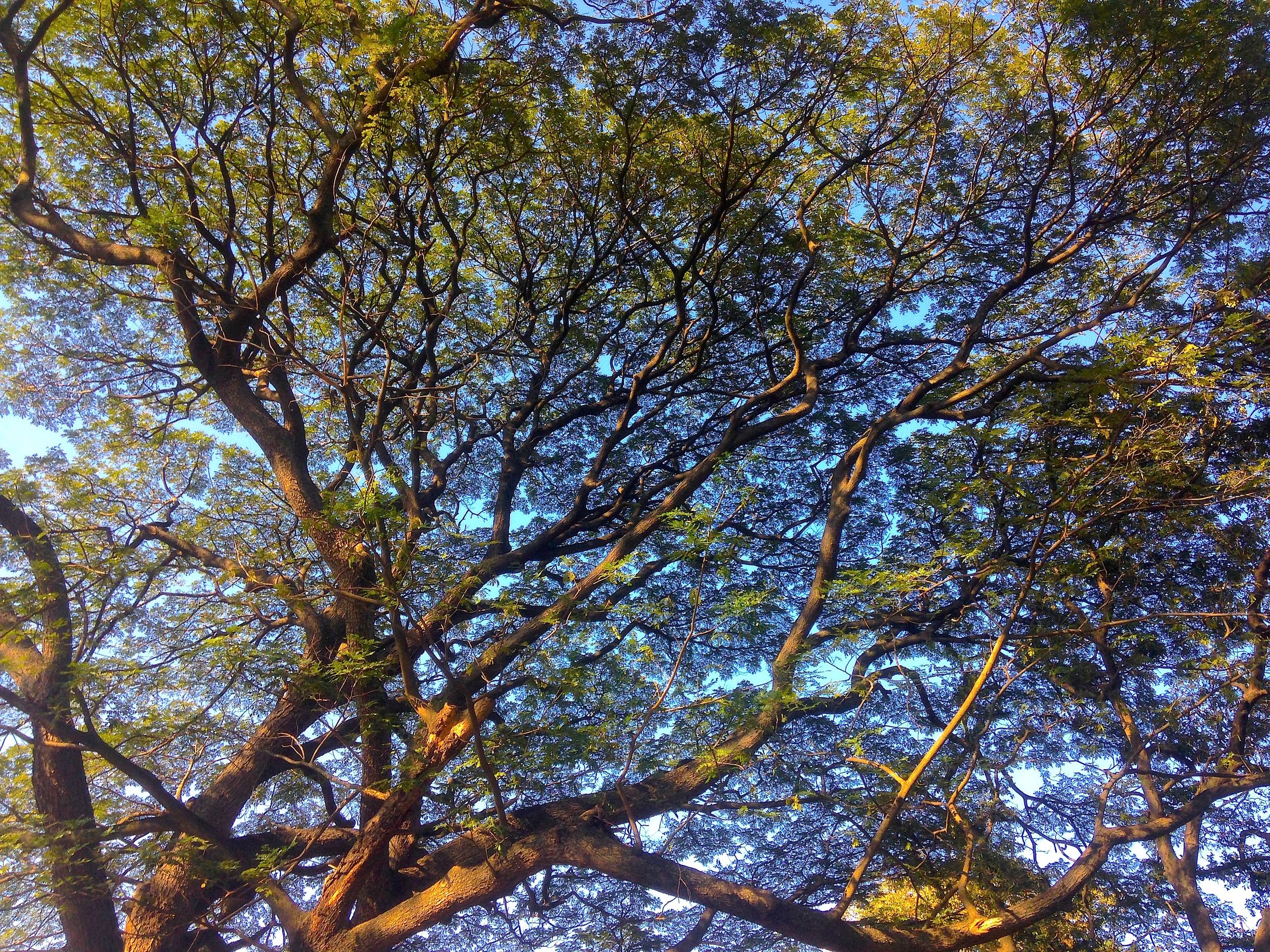
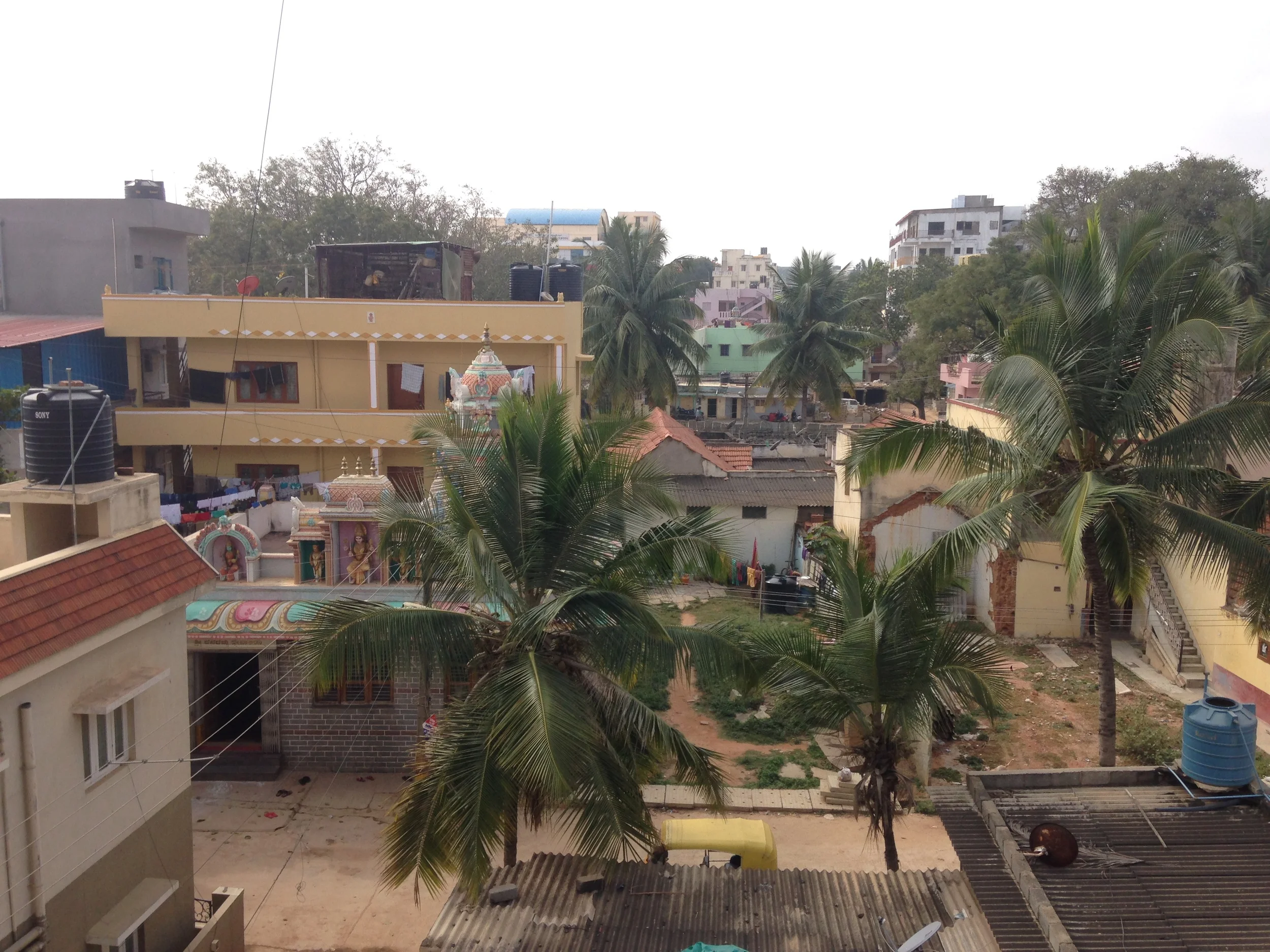
After spending my days riding in auto rickshaws, negotiating prices, and tasting the spice of Indian food I feel very comfortable navigating this great country. I can't wait for whatever comes next!






